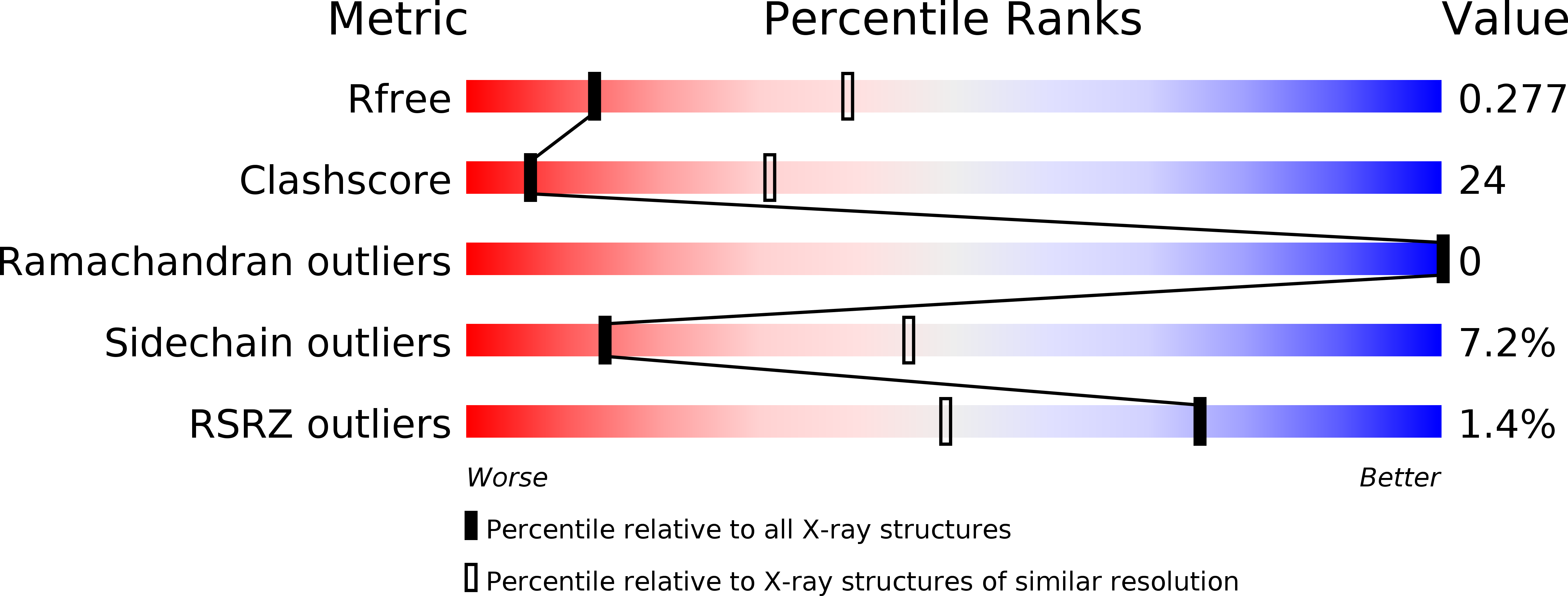
Deposition Date
2012-04-18
Release Date
2012-05-30
Last Version Date
2023-09-13
Entry Detail
PDB ID:
4EQF
Keywords:
Title:
Trip8b-1a#206-567 interacting with the carboxy-terminal seven residues of HCN2
Biological Source:
Source Organism:
Mus musculus (Taxon ID: 10090)
Host Organism:
Method Details:
Experimental Method:
Resolution:
3.00 Å
R-Value Free:
0.28
R-Value Work:
0.22
R-Value Observed:
0.22
Space Group:
P 41 21 2


